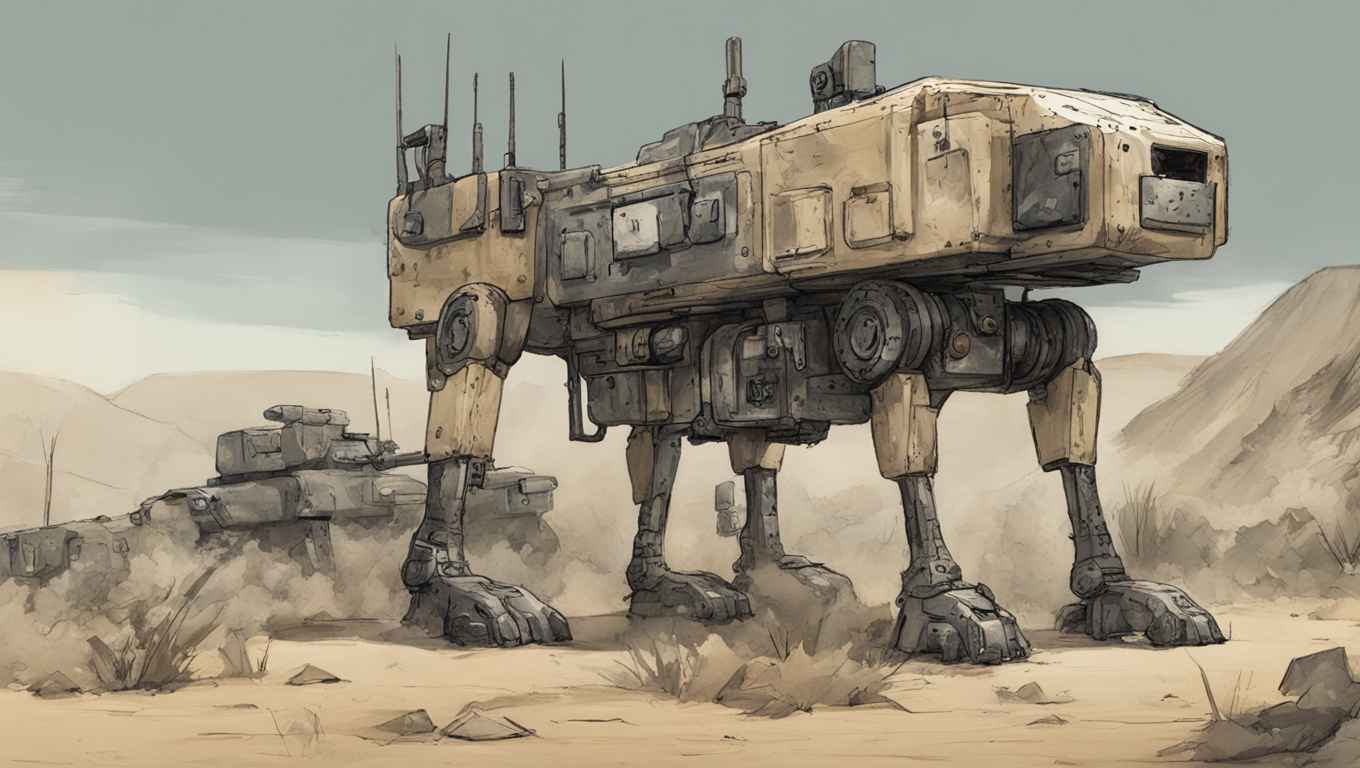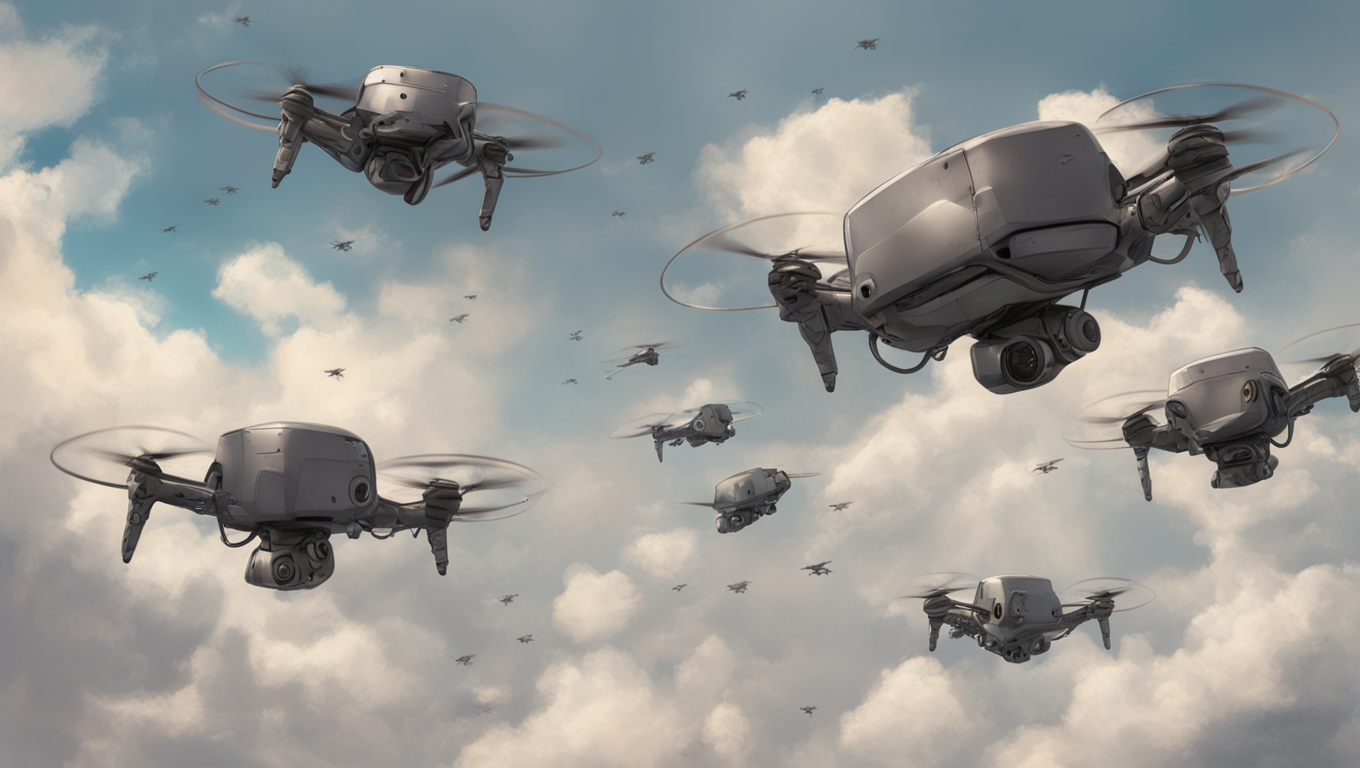June 18, 2024
Armed Robot Dogs: The Future of Warfare Unleashed
The concept of armed robot dogs may seem straight out of a sci-fi movie, but it’s rapidly becoming a reality in modern warfare. The Chinese military recently showcased a robot dog equipped with a machine gun during its Golden Dragon 24 joint military exercises with Cambodia. This development has sparked international interest and concern, leading to calls for reports on the potential implications of these “rifle-toting robot dogs” on national security.
However, China is not alone in its exploration of weaponizing quadrupedal robots. The United States military has been actively experimenting with equipping its own robotic canines with firearms. Just weeks before the Chinese demonstration, the Marine Corps Special Operations Command revealed their experiments with mounting gun systems on their mechanized canines. Defense officials emphasize that this development is only experimental at this stage, aimed at exploring the possibilities of revolutionary robotic systems in future conflicts.
The idea of using quadrupedal robots in the military is not new. In 2005, Boston Dynamics introduced BigDog, a mechanically-engineered “pack mule” intended to assist soldiers in carrying weapons and supplies over challenging terrains. Though BigDog was eventually discontinued due to practical limitations, it paved the way for smaller and quieter models like Spot, which have found military applications in base security and remote site inspections.
Since 2020, the US military has been steadily integrating robot dogs into various operations. Here are a few examples:
- Tyndall Air Force Base in Florida incorporated semiautonomous robot dogs into its base security regimen.
- Minot Air Force Base in North Dakota used robot dogs to respond to chemical, biological, radiological, and nuclear threats.
- Patrick Space Force Base in Florida deployed robot dogs for perimeter security.
- The Naval Surface Warfare Center, Philadelphia Division, employed robot dogs to build 3-D ship models.
- The Coast Guard deployed droid dogs in Hawaii to combat weapons of mass destruction.
Despite the practical noncombat applications, some robotics companies have also explored the concept of weaponizing robot dogs. However, several leading companies, including Boston Dynamics, have released a letter pledging not to weaponize their robots for combat purposes, citing concerns about public trust and ethical issues.
While concerns persist over armed robot dogs, there are limitations to their current capabilities. Sam Bendett, an analyst at the Center for Naval Analyses, points out that these systems lack the agility and versatility required for practical use on chaotic battlefields. They are still far from being able to navigate complex terrains and make rapid turns. The demonstrations we have seen so far were conducted in controlled environments and not under real battlefield conditions.
In conclusion, while armed robot dogs may seem alarming and futuristic, they are not yet ready for widespread combat use. The technology is still in its early stages, and there are significant hurdles to overcome before these robotic canines become a mainstay on the battlefield. The future of warfare may indeed involve these mechanical quadrupeds, but it will be a while before they become combat-ready.





Use the share button below if you liked it.